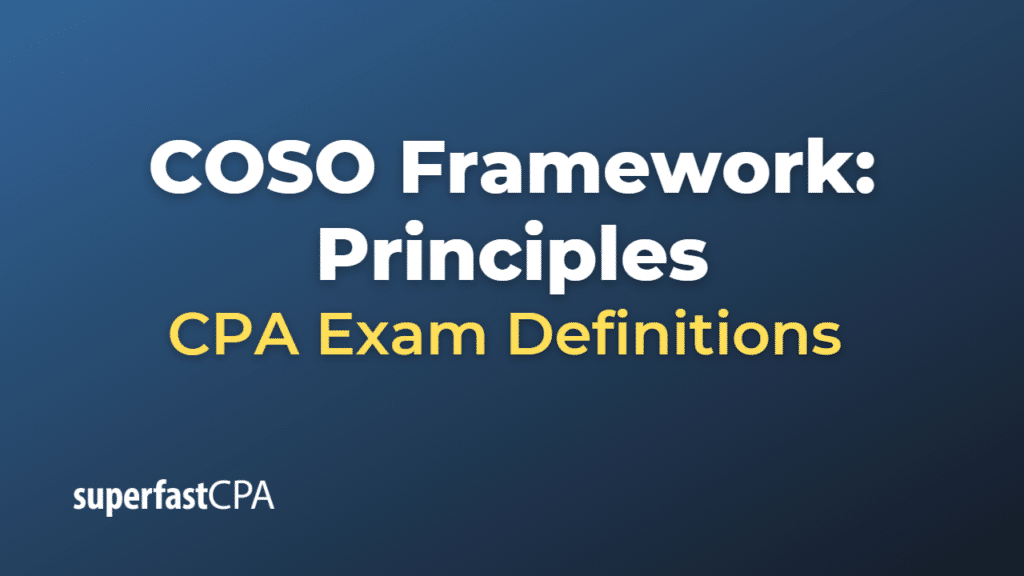COSO Framework: Principles
The COSO Internal Control Framework comprises five interrelated components, and each component is supported by a set of principles. These principles provide further guidance on designing, implementing, and evaluating an effective internal control system.
There are 17 principles in total, which are as follows:
Control Environment (5 principles):
- The organization demonstrates a commitment to integrity and ethical values.
- The board of directors demonstrates independence from management and exercises oversight of the development and performance of internal control.
- Management establishes, with board oversight, structures, reporting lines, and appropriate authorities and responsibilities in the pursuit of objectives.
- The organization demonstrates a commitment to attract, develop, and retain competent individuals in alignment with objectives.
- The organization holds individuals accountable for their internal control responsibilities in the pursuit of objectives.
Risk Assessment (4 principles):
- The organization specifies objectives with sufficient clarity to enable the identification and assessment of risks relating to objectives.
- The organization identifies risks to the achievement of its objectives across the entity and analyzes risks as a basis for determining how the risks should be managed.
- The organization considers the potential for fraud in assessing risks to the achievement of objectives.
- The organization identifies and assesses changes that could significantly impact the system of internal control.
Control Activities (3 principles):
- The organization selects and develops control activities that contribute to the mitigation of risks to the achievement of objectives to acceptable levels.
- The organization selects and develops general control activities over technology to support the achievement of objectives.
- The organization deploys control activities through policies that establish what is expected and procedures that put policies into action.
Information and Communication (3 principles):
- The organization obtains or generates and uses relevant, quality information to support the functioning of internal control.
- The organization internally communicates information, including objectives and responsibilities for internal control, necessary to support the functioning of internal control.
- The organization communicates with external parties regarding matters affecting the functioning of internal control.
Monitoring Activities (2 principles):
- The organization selects, develops, and performs ongoing and/or separate evaluations to ascertain whether the components of internal control are present and functioning.
- The organization evaluates and communicates internal control deficiencies in a timely manner to those parties responsible for taking corrective action, including senior management and the board of directors, as appropriate.
By addressing and adhering to these 17 principles, organizations can establish and maintain a strong internal control system that supports the achievement of their operational, reporting, and compliance objectives.













